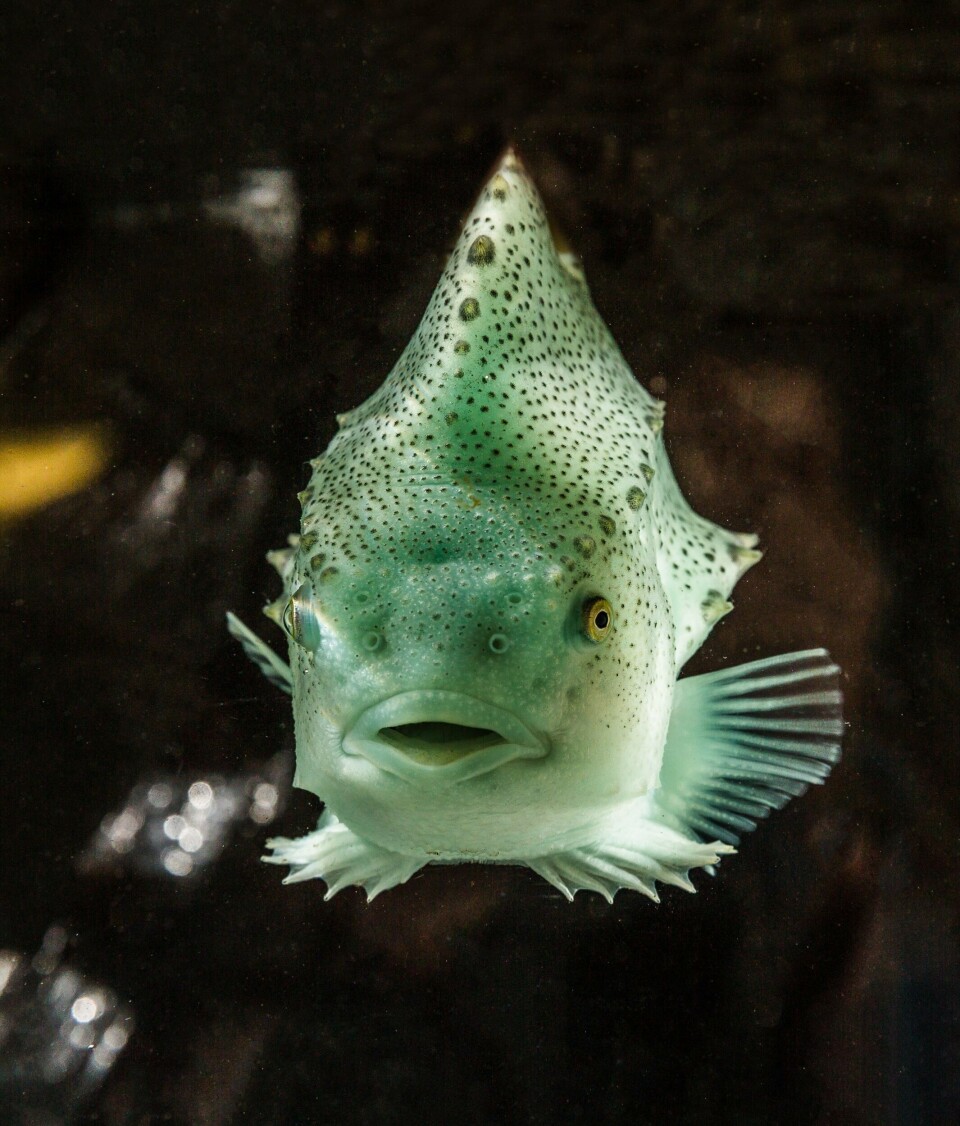
Feed, clean water and rest are keys to happy lumpfish
Good feed and the right environment are key for lice-eating lumpfish to “thrive” at work, research from the Norwegian research institute Nofima shows.
Companies that produce lumpfish must therefore know what the fish need to thrive, grow and stay healthy: the right feed, enough space, good water quality and minimum stress.
The Rensvel project aims to find ways of gauging the cleaner fish’s welfare and what it needs to thrive and stay healthy. Access to food is important. Lumpfish are not strong swimmers and need to rest. They do this by attaching themselves to the wall of the tank where they are being grown using a ventral suction plate.

Tank wall
“Because lumpfish like to sit on the tank wall and are not fast swimmers, feed needs to fall down near the tank walls. Most commercial farms use dispensers located in the centre of large tanks, which may be too far away for young lumpfish,” says Nofima senior scientist Ingrid Lein.
It has been claimed that lumpfish that grow rapidly become aggressive and “bully” smaller fish. Lumpfish are therefore usually graded by size many times before being transferred to pens in the sea. The Rensvel project has shown that ungraded lumpfish can live close to their neighbours without any bullying – providing there’s enough feed.
“To avoid bigger fish bullying the smaller ones, there must be enough feed for everyone. In addition, the feed pellets must be large enough for the largest lumpfish and small enough for the smallest,” explains Lein.
A place to rest
Lumpfish like clean, well-oxygenated, fast-moving water. Because they need to rest every now and again, it is important to provide enough space in the tank for all the fish to be able to find a place to rest.
Crowding is not a problem in itself, as long as the fish get enough of the right food, can find a place to rest and have good water quality.
“Lumpfish are social, thrive in groups, and are not plagued by disease,” says Lein.
Nofima has been running the project in collaboration with Nord University, the Norwegian Institute of Marine Research, the Norwegian University of Life Sciences (NMBU), and the Norwegian University of Science and Technology (NTNU). The Rensvel project is financed by the Norwegian Seafood Research Fund (FHF).






















































